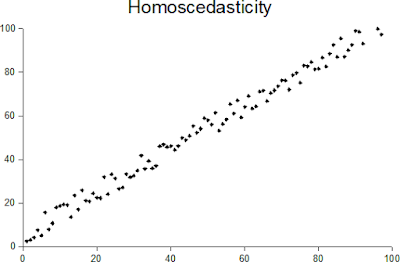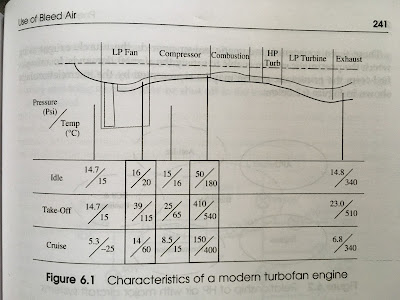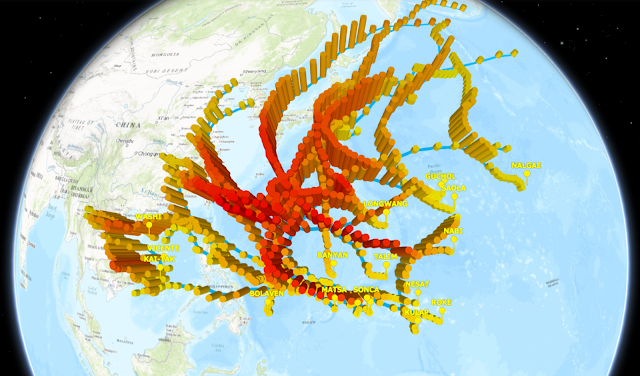Visualization of the 1854 London Cholera Outbreak
This post attempts to visualize the 1854 London Cholera Outbreak based on data collected by Dr. John Snow and provided in the HistData R package. Dr. Snow was able to identify that cholera was a water borne disease by visualizing his data in 1854 and was able to bring the Cholera outbreak to an end. This dataset and analysis speaks to power of geospatial data and its importance in decision making.






